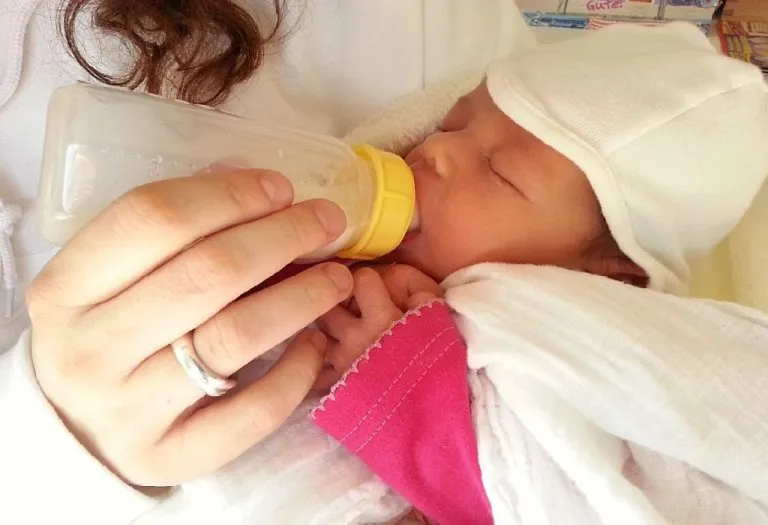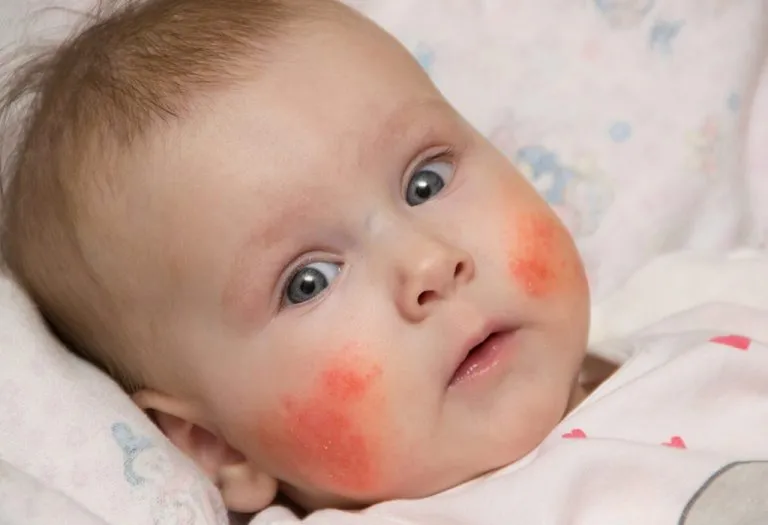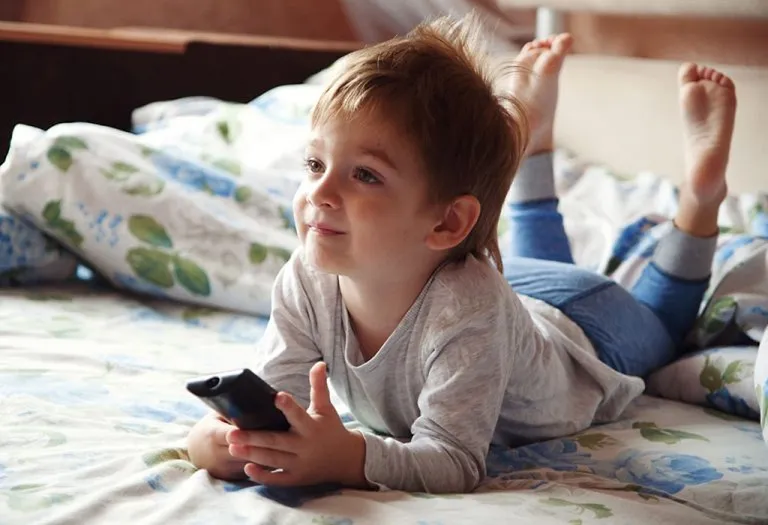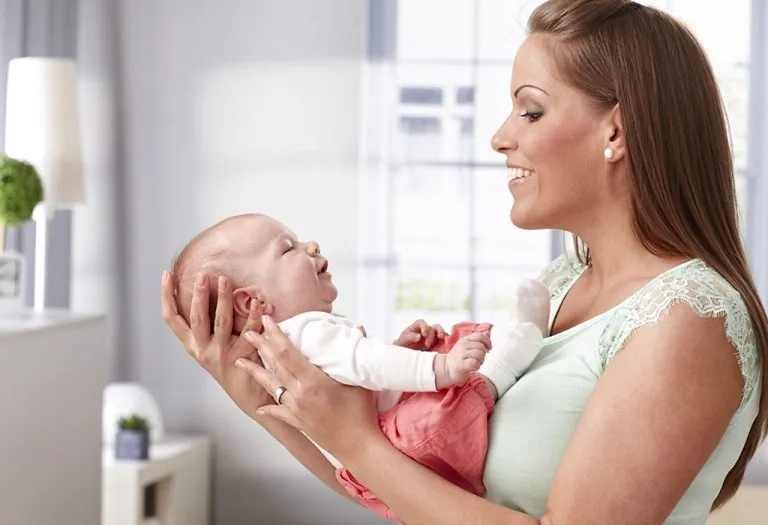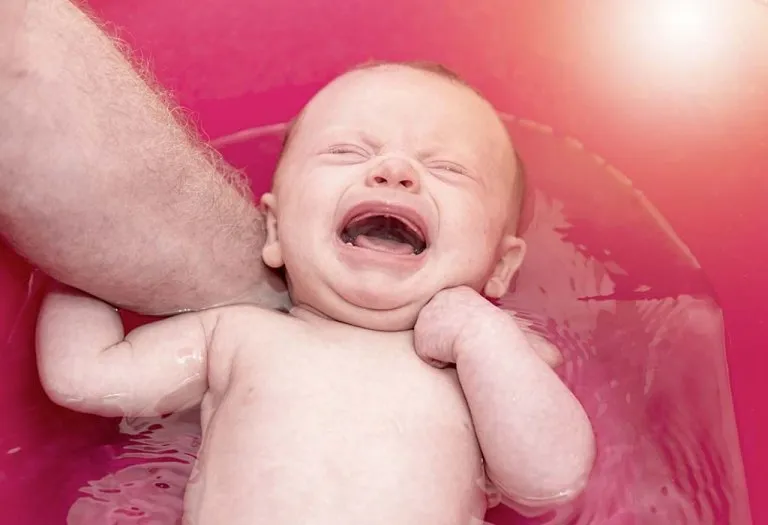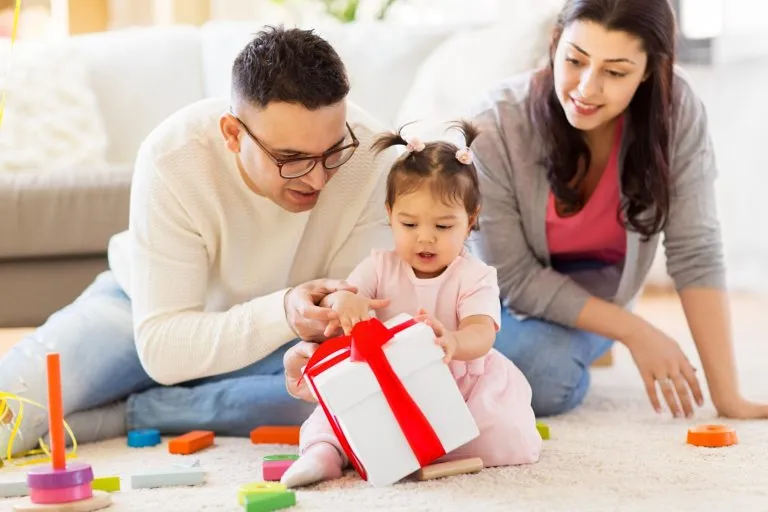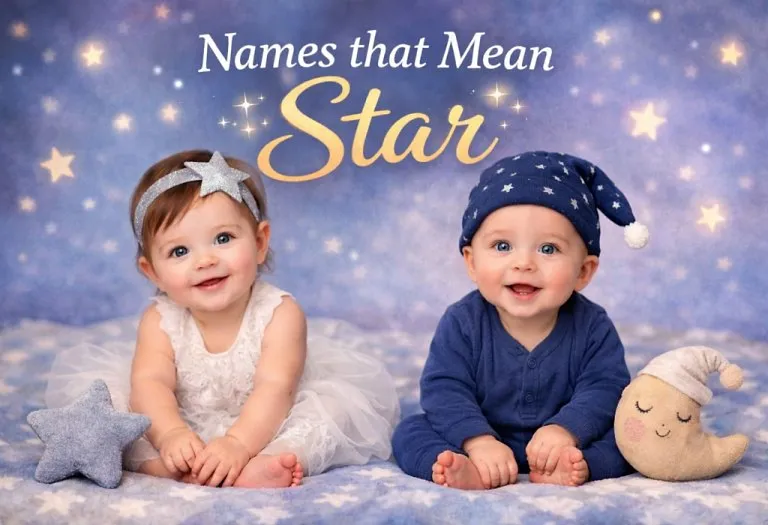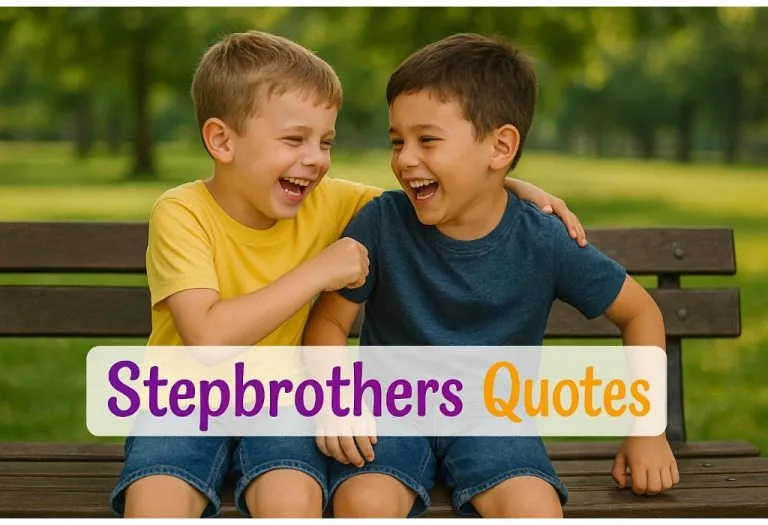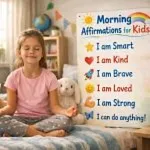How Many Newborn Clothes Do I Need – Baby Clothes Checklist
Welcoming a new baby into your life is a journey filled with joy, anticipation, and a fair share of planning. One key question that often puzzles new parents is, ‘How many newborn clothes do I need?’ This guide aims to offer a warm, personal touch to help you navigate this exciting yet sometimes overwhelming phase. We’ll explore a practical and thoughtful baby clothes checklist, ensuring your little one is comfortably and adorably clothed from day one.
How Many Clothes Do I Need for My Baby?
As you prepare for your baby’s arrival, it’s natural to wonder about the right amount of clothing to have on hand. Striking a balance between having enough to cater to your newborn’s needs and not overstocking can be a delicate dance. In this section, we’ll explore the essentials, helping you create a perfect wardrobe for your little bundle of joy.
Essential Newborn Baby Clothes
Embarking on the adventure of dressing your newborn is both exciting and a bit daunting. Knowing what essential clothes to have in your baby’s wardrobe can make this journey smoother and more enjoyable. In this section, we’ll dive into the must-have items, ensuring your baby is cosy, comfortable, and stylish (1).
1. Bodysuits
These are versatile, easy to wear, and perfect for layering. Look for ones with envelope necks and snap closures at the crotch for easy diaper changes.
2. Sleepsuits and Pajamas
Essential for comfortable sleeping, these should be soft and preferably footed to keep little toes warm.
3. Hats and Beanies
A must to keep a newborn’s head warm, as they can lose heat quickly. Soft, stretchy materials are best.
4. Socks and Booties
Even if your baby isn’t walking, socks or booties are important to keep their feet warm.
5. Swaddle Blankets
These help soothe and comfort your baby, replicating the snugness of the womb.
6. Seasonal Wear
Depending on the climate, include appropriate seasonal attire, such as lightweight jackets for cooler days or sun hats and cover-ups for warmer weather.
Baby Clothing Essentials for Summer
Dressing your little one for the summer brings a unique set of considerations, focusing on comfort, breathability, and protection from the sun. This segment delves into the essential summer clothing items for your baby, ensuring they stay cool, comfortable, and safe during the warmer months (2).
1. Lightweight Bodysuits
Ideal for hot weather, these bodysuits are thin and allow air to circulate, keeping your baby cool.
2. Breathable Sleepsuits
Made of light material like cotton, these sleepsuits ensure your baby stays comfortable and doesn’t overheat during naps or nighttime.
3. Sun Hats
A wide-brimmed sun hat protects your baby’s delicate skin from harsh sunlight, especially during outdoor activities.
4. Light Socks or Barefoot Sandals
Keep your baby’s feet protected without causing overheating; light socks or barefoot sandals are perfect for this.
5. Muslin Swaddle Blankets
These lightweight blankets are multi-functional, ideal for swaddling or providing a light cover during naps.
6. UV Protective Wear
If you plan on spending a lot of time outdoors, UV-protective clothing can provide an extra layer of protection against the sun’s harmful rays.
Newborn Baby Clothing Essentials for Winter
Winter brings a whole new set of challenges when it comes to keeping your newborn warm and snug. It’s important to choose clothing that not only keeps your baby cosy but also allows for easy layering and comfort. This section is dedicated to guiding you through the essentials of winter wear for your little one, ensuring they’re well-protected against the cold.
1. Thermal Bodysuits
These provide a warm base layer, keeping your baby’s core temperature regulated.
2. Fleece Sleepsuits
Offering extra warmth, these suits are ideal for chilly nights and can be layered over bodysuits.
3. Warm Hats or Beanies
Essential for retaining body heat, choose soft materials that are comfortable for extended wear.
4. Thick Socks and Booties
Keep your baby’s feet warm, an important aspect as babies can lose heat through their extremities.
5. Mittens and Gloves
Protect baby’s hands from the cold and prevent scratching with soft, warm mittens.
6. Bunting Suits or Snowsuits
Great for outdoor use, these provide all-over warmth and are typically water-resistant.
7. Layered Outfits (Shirts and Pants)
Layering is key in winter; these additional layers can be added or removed as needed.
8. Soft Scarves
For extra protection around the neck, soft scarves can be used, but always under supervision.
9. Warm Blankets
Essential for stroller walks or car rides, keeping baby cosy when out and about.
10. Car Seat Covers for Winter
These covers provide an extra layer of warmth and protection from the elements during car travels.
Baby Clothes for Different Occasions
As you navigate through your baby’s first year, you’ll encounter various occasions that call for special attire. From family gatherings to photo sessions, having the right outfit for different events can add a touch of charm and make memories even more special. In this section, we’ll cover a few key clothing items that are perfect for different occasions in your baby’s life.
1. Formal Outfit for Special Events
Ideal for gatherings like weddings or family celebrations, these outfits are usually more elaborate and are great for photo opportunities.
2. Comfortable Outfit for Playdates and Day Trips
Look for soft, durable clothing that allows for easy movement, perfect for interactive play and exploration.
3. Themed Costumes for Holidays and Photo Shoots
Whether it’s a first Halloween or a themed photo shoot, costumes can add a fun and memorable element to special occasions and holidays.
Baby Clothes Needs By Month and Their Size
Navigating through the first year of your baby’s life involves constant adjustments, especially in clothing, due to their rapid growth. Understanding how many baby clothes do I need for each size is crucial to ensure you’re well-prepared for each stage. This part of our guide breaks down the clothing needs and sizes appropriate for different months of your baby’s development.
1. 0-3 Months
During the first three months, newborns primarily need clothes that are easy to put on and take off, considering their delicate size and frequent diaper changes. At this stage, opt for soft, stretchable fabrics in sizes that accommodate their rapid growth.
2. 3-6 Months
As your baby becomes more active, the need for comfortable and durable clothes becomes important. Look for sizes that allow for movement and are easy to wash, as this is the stage where babies start to explore more.
3. 6-9 Months
By this time, your baby might be starting to crawl, so clothes that are sturdy yet comfortable are essential. The sizes should accommodate their increased mobility and growing curiosity about the world around them.
4. 9-12 Months
Approaching their first year, babies are often on the move, possibly taking their first steps. Clothes should be flexible, safe for exploration, and in sizes that support their growing independence and physical activities.
What Type of Clothes Are Best for Babies?
Choosing the right type of clothes for your baby is not just about style but also about comfort, safety, and practicality. This becomes even more crucial when considering newborn clothes for twins, as the needs double. In this section, we’ll look at the key factors to consider when selecting baby clothes, ensuring your little ones are dressed in the best possible way.
- Soft and Breathable Fabrics: Opt for natural fibres like cotton, which are gentle on the baby’s sensitive skin and provide good airflow.
- Easy to Dress Designs: Clothes with wide necks, snap buttons, or zippers make dressing and undressing easier, which is especially important for managing twins.
- Safety: Avoid clothes with small buttons, bows, or strings that can be choking hazards.
- Appropriate for the Season: Choose clothing suitable for the current weather conditions, keeping your babies comfortable year-round.
- Flexible Sizing: Look for slightly larger sizes that allow room for growth, especially important when buying clothes for twins, to ensure longer usability.
Things to Keep in Mind Before Buying Too Many Baby Clothes
Shopping for your little one can be incredibly exciting, but it’s easy to get carried away. Before filling your cart with adorable outfits, it’s important to consider a few key factors. This section will focus on what to keep in mind to avoid overbuying, ensuring your baby clothes checklist is practical, cost-effective, and tailored to your baby’s actual needs.
- Rapid Growth of Babies: Remember that babies grow quickly, especially in their first year. Buying too many clothes in a single size can lead to unused items as your baby outgrows them faster than expected.
- Ease of Maintenance: Opt for clothes that are easy to wash and dry, considering that babies often require multiple outfit changes in a day. This approach helps in managing laundry efficiently.
- Lifestyle and Baby’s Comfort: Consider your lifestyle and choose clothes that suit your daily routine while ensuring your baby’s comfort. The key is to have enough clothes to accommodate your schedule without overstocking.
Preparing your baby’s wardrobe is a delightful yet thoughtful task. By considering the practical aspects of baby clothing, such as size, seasonality, and occasion, along with a focus on comfort and safety, you can create an ideal baby clothes checklist. Remember, the goal is to have a well-equipped but not overstocked wardrobe that grows with your baby, ensuring they are comfortable, happy, and stylish every step of the way.
References/References:
1. What to buy for your newborn baby; NHS; https://www.nhs.uk/start-for-life/pregnancy/preparing-for-labour-and-birth/what-to-buy-for-your-newborn-baby/
2. What you’ll need for your baby; NHS; https://www.nhs.uk/conditions/baby/caring-for-a-newborn/what-you-will-need-for-your-baby/
Also Read:
Choose and Buy Clothes for Your Baby
Must-have Baby Products Every New Mom Needs
Baby Travel Essentials Checklist
How to Interact with your Newborn Child?
Was This Article Helpful?
Parenting is a huge responsibility, for you as a caregiver, but also for us as a parenting content platform. We understand that and take our responsibility of creating credible content seriously. FirstCry Parenting articles are written and published only after extensive research using factually sound references to deliver quality content that is accurate, validated by experts, and completely reliable. To understand how we go about creating content that is credible, read our editorial policy here.






